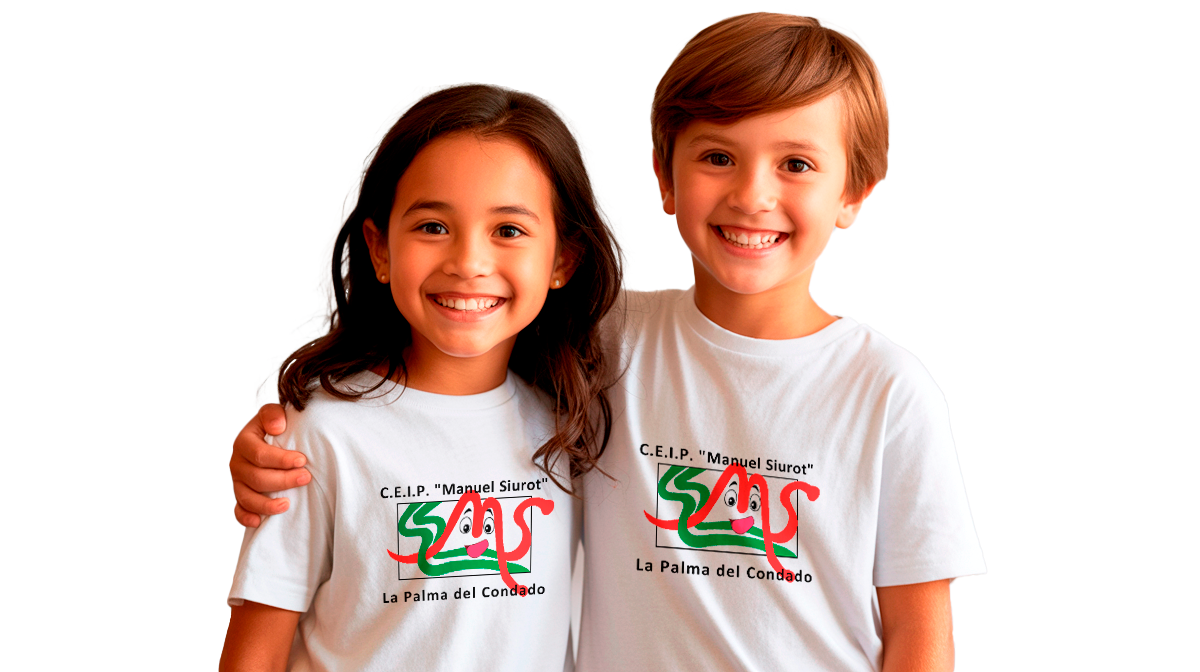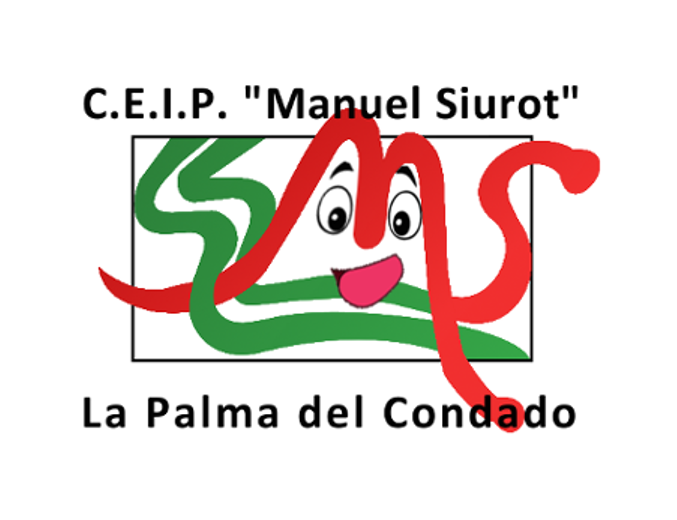Our Body
The Human Body
Learn about the parts of the human body
Periods of Life
Discover the different stages of human life
Vital Functions
Understand the three vital functions
Body Systems
Explore the functions of body systems

Learn about the parts of the human body
Discover the different stages of human life
Understand the three vital functions
Explore the functions of body systems

